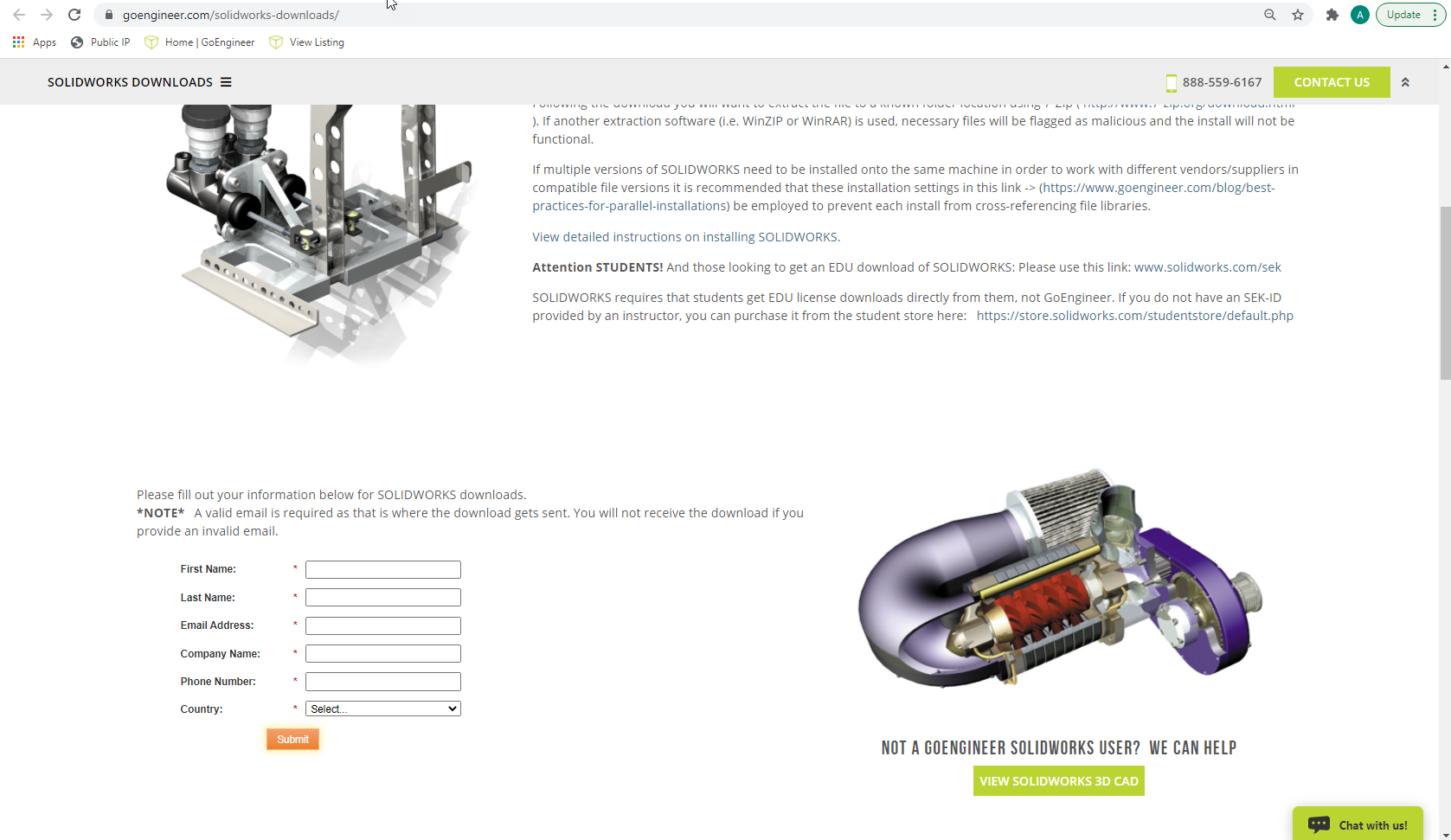

- UNABLE TO INSTALL SOLIDWORKS 2013 UPDATE
- UNABLE TO INSTALL SOLIDWORKS 2013 FULL
- UNABLE TO INSTALL SOLIDWORKS 2013 WINDOWS 10
- UNABLE TO INSTALL SOLIDWORKS 2013 WINDOWS 7
SOLIDWORKS recommends using a Windows Server operating system for all SOLIDWORKS server-based products.
UNABLE TO INSTALL SOLIDWORKS 2013 WINDOWS 10
UNABLE TO INSTALL SOLIDWORKS 2013 UPDATE
UNABLE TO INSTALL SOLIDWORKS 2013 FULL
Right click and select “Run as Administrator” – this will launch the installation manager with full admin rights. Navigate to your DVD/Installation folder and locate the “setup.exe” file. When installing SOLIDWORKS, to make sure you have full admin rights, exit out of the installation manager when it auto starts.

UNABLE TO INSTALL SOLIDWORKS 2013 WINDOWS 7
A standard user can perform installation task in windows 7 and windows server 2008 unless user is part of Admin group. Even though if you are a member of domain admins or administrator you will ask your consent to perform task like changing date/time, modify registry, running application, modifying any OS related tasks. The Credential Prompt (asking username and password) and consent prompt (allow/disallow user to perform a task) are two components of UAC. If you log on to a standalone computer, Windows 7 and Windows server 2008 still verify with local account policies whether you are a power user, administrator or user. For Example: Domain Admins, Schema Admins, Enterprise Admins, Account Operator, Administrator, Power Users, Domain users, users, Cert Publisher and many more.

When you log on to a computer, it verifies with Microsoft Active Directory RID master about your roles/privileges/authority in an Active Directory infrastructure and provides you with necessary pre-defined attributes assigned in Microsoft Active Directory and Group Policy Object. These internal processes happens in an Windows 7 and Windows 2008 operating systems to provide you with extra security so that you can make sure what you doing before it applied into operating systems. Consequently, all applications run with the standard user token by default and only when an administrator with granted privileged permission can run specific application with a full access token. The standard user token is then used to start the Windows desktop (explorer.exe) and all subsequent child processes.

The filtering process removes the administrative privileges and disables the Administrative group Security Identifiers (SIDs), resulting in a filtered standard user access token. When a user designated with elevated privilege logs on to Windows 7 and Windows Server 2008, two access tokens are issued: a full access token and a filtered standard user access token. User Account Control (UAC) helps prevent unauthorized changes/access to a computer by asking privileged password. Most of us are aware of this by now, but what is it really doing? This is no longer the case anymore….but why? Prior to Vista, being part of the administrators group was all it took. Staring with Windows Vista (now of course Window 7), there has been much confusion of what having administrative rights really means.


 0 kommentar(er)
0 kommentar(er)
